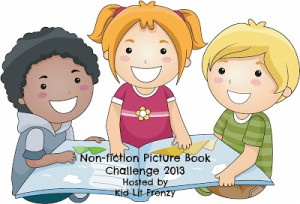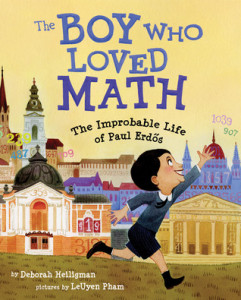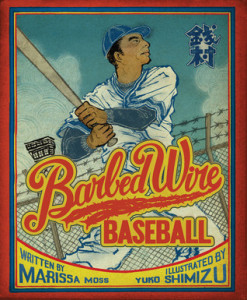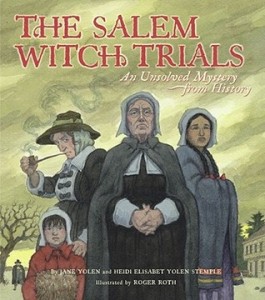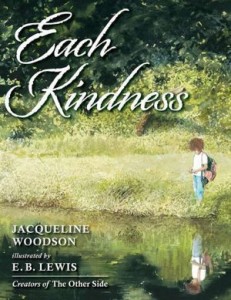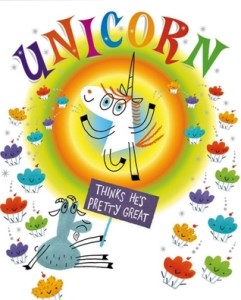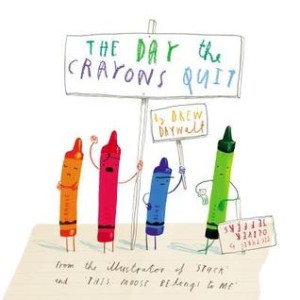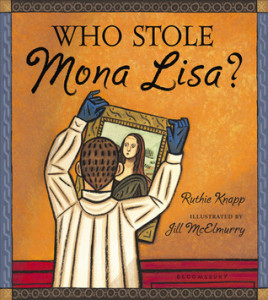Nonfiction Picture Book Wednesday
Nonfiction Picture Book Wednesday is hosted by Kid Lit Frenzy and was started to help promote the reading of nonfiction texts. Most Wednesdays, we will be participating and will review a nonfiction text (though it may not always be a picture book).
Be sure to visit Kid Lit Frenzy and see what other nonfiction books are shared this week!
The Boy Who Loved Math: The Improbable Life of Paul Erdos
Author: Deborah Heiligman
Illustrator: LeUyen Pham
Published June 25th, 2013 by Roaring Brook Press
Goodreads Review: Most people think of mathematicians as solitary, working away in isolation. And, it’s true, many of them do. But Paul Erdos never followed the usual path. At the age of four, he could ask you when you were born and then calculate the number of seconds you had been alive in his head. But he didn’t learn to butter his own bread until he turned twenty. Instead, he traveled around the world, from one mathematician to the next, collaborating on an astonishing number of publications. With a simple, lyrical text and richly layered illustrations, this is a beautiful introduction to the world of math and a fascinating look at the unique character traits that made “Uncle Paul” a great man.
My Review: I have been on a great streak of picture book narrative biographies and this is another one. I love how the author so cleverly combined Erdos’s story and mathematics without ever overloading the story with numbers. This book is so much fun (and the colorful illustrations add even more playfulness to it) yet teaches so much within its story. What impresses me the most is just how much the book makes you think about math, want to learn more math, and want to play with numbers. Even in book form, Erdos is making math understandable.
Teacher’s Tools For Navigation: What a great book to use in a math classroom (or elementary classroom). This book makes math sound fun and would definitely be a jumping off point for many different mathematical ideas (such as prime numbers, harmonic primes, amicable numbers, odd/even numbers, Euclid’s Proof of the Infinity of Prime Numbers, Sieve of Eratosthenes, Euler’s map of Konigsburg, negative numbers, the Party Problem, Erdos distinct distances problem, Erdos number, epsilon). Many of the ideas are shared in a fun way and would help be a foundation for scaffolding.
Discussion Questions: What math idea/activity do you find to be the most fun?; Use math to complete Paul’s trick- how old are you in seconds? Minutes? Hours? Days?; What are the answers to Paul’s questions about prime numbers? Do they go on forever? Is there a pattern to them? Why is it that the higher you go up, the farther apart the prime numbers are?
We Flagged: “Paul played with numbers. He added them together and subtracted them. One day he subtracted a bigger number from a smaller number.
The answer was less than 0.
How could a nubmer be <0?
Mama told him numbers below zero are called NEGATIVE NUMBERS. Paul thought that was so cool.
Now he knew for sure he wanted to be a mathematician when he grew up. But first he had to tackle another big problem…” (p. 9)
Read This If You Loved: On a Beam of Light: A Story of Albert Einstein by Jennifer Berne, Jim Henson: The Guy Who Played with Puppets by Kathleen Krull, Lost Boy: The Story of the Man who Created Peter Pan by Jane Yolen, Odd Boy Out: Young Albert Einstein by Don Brown, A Wizard from the Start: The Incredible Boyhood and Amazing Inventions of Thomas Edison by Don Brown, Sandy’s Circus: A Story about Alexander Calder by Tanya Lee Stone, Me…Jane by Patrick McDonnell
Recommended For:
This book just makes me want to learn more!
